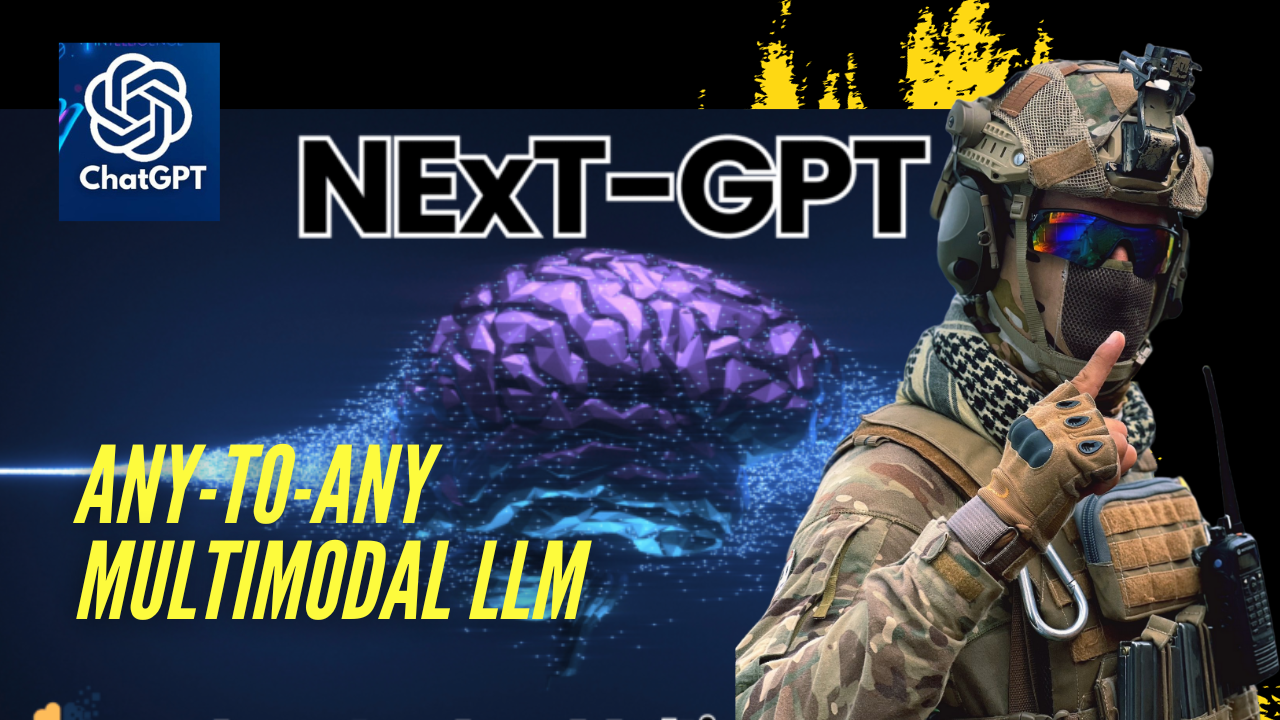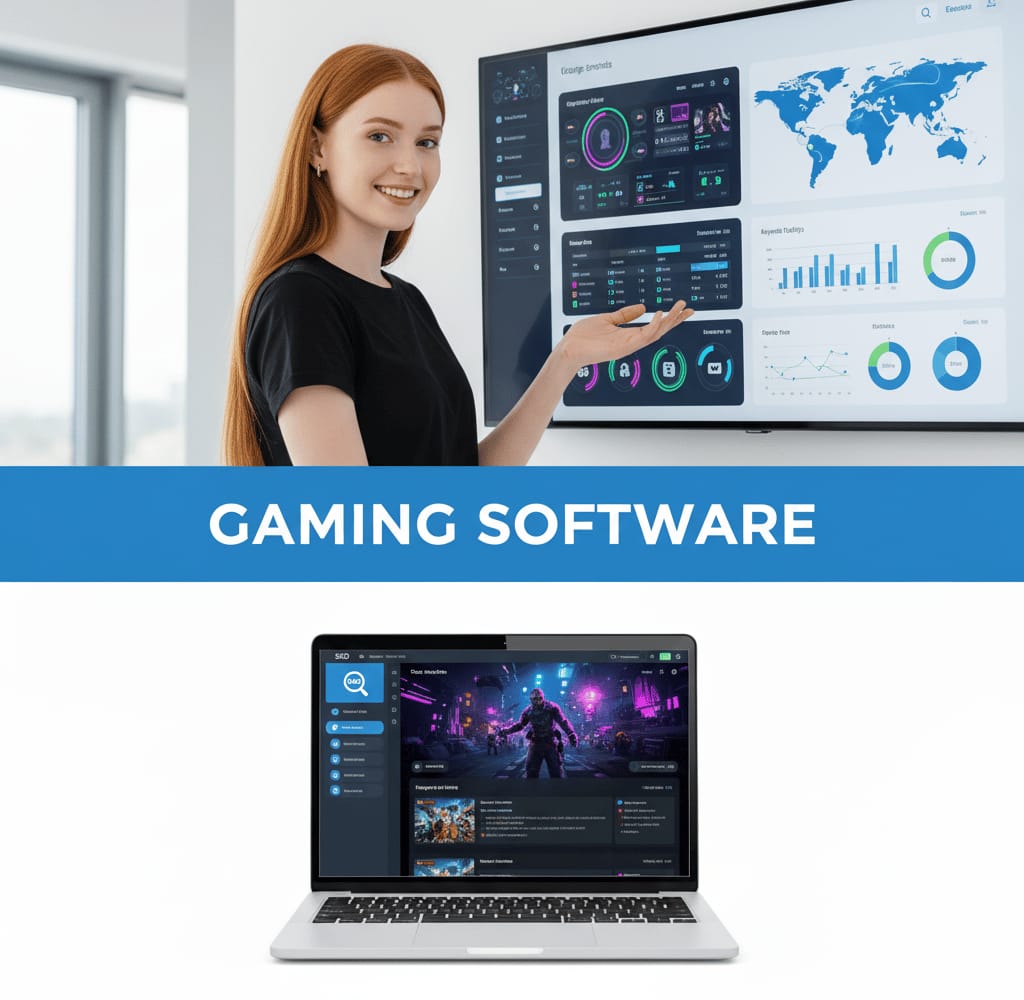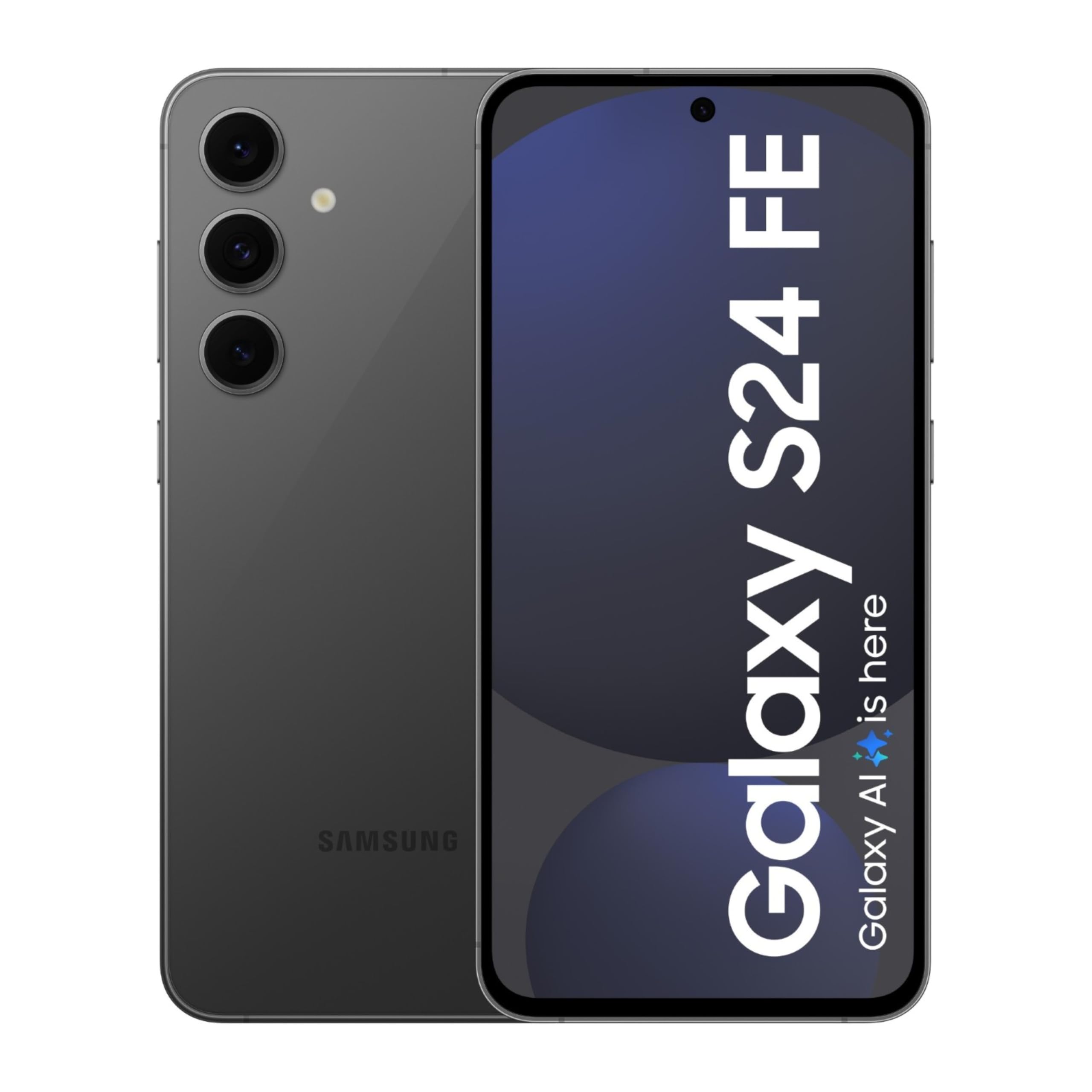Introduction: NExT-GPT: Any-to-Any Multimodal LLM
In the ever-evolving landscape of Generative AI research, multimodal models have become the cornerstone of innovation. These models, capable of handling diverse inputs and outputs, have paved the way for groundbreaking applications. This blog post delves into two cutting-edge multimodal large language models: NExT-GPT and Next-GPT, exploring their architectures, capabilities, limitations, and potential applications.
NExT-GPT: Transforming Multimodal Interactions
NExT-GPT, developed by the research group NExT++ at the National University of Singapore, stands as a testament to the progress in multimodal AI. Unlike its predecessors, NExT-GPT can process various inputs such as text, images, videos, and audio, producing corresponding outputs. The model achieves this through a sophisticated process involving specialized encoders, modality-switching instruction tuning, and unique multimodal signal integration.
NExT-GPT Inferences Process:
NExT-GPT Inferences Process
The model's versatility is evident in its ability to handle different modalities, generating text, audio, and images based on user intentions. Performance experiments demonstrate its exceptional capabilities, with the best results achieved in tasks involving text and audio inputs to produce images.
Example of NExT-GPT's Versatility:
NExT-GPT Versatility
For those intrigued to explore NExT-GPT, setting up the model and experimenting with its potential applications is made accessible through their GitHub page and demo platforms.
Next-GPT: The Next Frontier in Large Language Models
Next-GPT, developed by OpenAI, signifies a significant leap in the realm of large language models. With over 100 trillion parameters, it outshines its predecessors in terms of size and capability. Its diverse training dataset, including text from books, articles, code repositories, and social media, enables it to handle an array of prompts and questions with finesse.
Architecture:
Next-GPT is built on the transformer architecture, a neural network design tailored for natural language processing tasks. Its self-attention mechanism allows it to grasp intricate relationships within sentences, generating coherent and informative text.
Capabilities:
Next-GPT boasts a wide array of capabilities, including generating text, translating languages, summarizing text, and writing creative content. It has showcased superior performance on benchmark tests, surpassing previous state-of-the-art models.
Use Cases:
The applications of Next-GPT are vast and impactful. From creative writing and translation to code generation and customer service, Next-GPT finds its place in diverse sectors. Companies like Google, Microsoft, and Amazon are already leveraging its potential to enhance their services and products.
Ethical Considerations:
Despite its potential, Next-GPT is not without challenges. Ethical considerations, such as biases and responsible usage, must be at the forefront of its deployment. Ensuring that Next-GPT is used responsibly and ethically is paramount to its positive impact on society.
Conclusion: NExT-GPT: Any-to-Any Multimodal LLM
In the evolving landscape of AI, NExT-GPT and Next-GPT stand as pillars of innovation, promising a future where human-computer interactions reach unprecedented heights. As we harness the potential of these multimodal large language models, it is imperative to tread carefully, considering both their capabilities and ethical implications. The journey ahead holds boundless opportunities for creativity, problem-solving, and transformation across various domains.
Share your thoughts on the potential benefits and risks of these groundbreaking models in the comments below. Together, let's shape the future of AI-powered interactions.
Stay tuned for more updates on the fascinating world of multimodal large language models and their impact on our lives.
Frequently Asked Questions (FAQ): NExT-GPT: Any-to-Any Multimodal LLM
What is NExT-GPT ?
NExT-GPT are advanced large language models designed for various AI applications. NExT-GPT focuses on handling multiple modalities, while Next-GPT is a general-purpose language model developed by OpenAI.
How does NExT-GPT work with different modalities?
NExT-GPT utilizes specialized encoders and modality-switching instructions to process diverse inputs like text, images, videos, and audio, producing corresponding outputs based on user intentions.
What are the key features of Next-GPT?
Next-GPT is distinguished by its massive size, diverse training dataset, and ability to generate text, translate languages, summarize content, and more with exceptional accuracy.
What are the potential applications of NExT-GPT?
Both models have a wide range of applications, including creative writing, translation, code generation, customer service, and education.
How do I access and experiment with NExT-GPT or Next-GPT?
NExT-GPT's resources are available on its GitHub page, and Next-GPT can be accessed through OpenAI's platform. Experimentation and development can be initiated from these sources.
What are the ethical considerations when using large language models like Next-GPT?
Ethical considerations include addressing biases, ensuring responsible usage, and avoiding the generation of misleading or false information.
How are large language models shaping the future of AI?
Large language models like NExT-GPT and Next-GPT are revolutionizing AI by enabling more natural and versatile human-computer interactions, impacting various sectors and industries.
Are there any real-world examples of companies using Next-GPT?
Yes, companies like Google, Microsoft, and Amazon are already leveraging Next-GPT to improve their search results, develop new features, and enhance the customer experience.
What sets NExT-GPT and Next-GPT apart from previous models?
NExT-GPT's strength lies in its multimodal capabilities, while Next-GPT excels with its larger size, more extensive training data, and a diverse range of applications.
How can I contribute to the discussion on these models?
Share your thoughts on the benefits and risks of using NExT-GPT and Next-GPT in the comments section of our blog post. Your insights are valuable in shaping the future of AI-powered interactions.
Feel free to reach out if you have more questions or need further information about these models!
Written by: Md Muktar Hossain
























